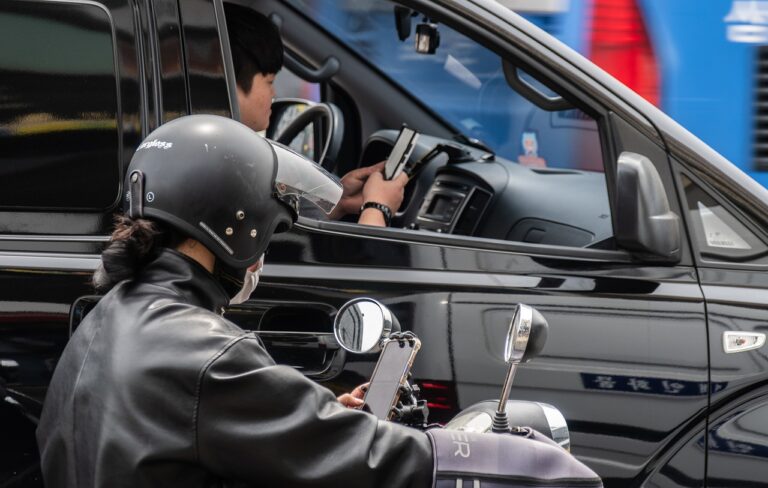The Potential of Vehicle-to-Grid Technology in Residential Energy Distribution Systems
Vehicle-to-Grid (V2G) technology enables electric vehicles to not only consume energy but also to supply excess power back to the grid when needed. This bi-directional flow of energy enhances the overall efficiency and reliability of energy distribution systems by balancing demand and supply fluctuations. By utilizing the batteries of electric vehicles as energy storage units, V2G technology helps to optimize energy usage and reduce strain on the grid during peak demand periods.
Moreover, the integration of V2G technology in energy distribution systems promotes the utilization of renewable energy sources such as solar and wind power. Electric vehicles can store excess renewable energy when production exceeds demand and discharge it back to the grid when needed. This flexibility in energy storage and distribution contributes to a more sustainable and environmentally friendly energy ecosystem, ultimately reducing our reliance on fossil fuels and lowering greenhouse gas emissions.
How Vehicle-to-Grid Technology Can Help Reduce Energy Costs for Homeowners
Vehicle-to-Grid (V2G) technology has emerged as a promising solution for homeowners looking to reduce their energy costs. By allowing electric vehicles to not only consume energy but also feed excess power back into the grid during peak demand periods, V2G can help homeowners offset their electricity expenses. This two-way flow of energy enables homeowners to maximize the value of their electric vehicles by turning them into mobile energy storage units.
Moreover, V2G technology can also contribute to more efficient energy distribution systems by alleviating strain during peak hours. By harnessing the power stored in electric vehicle batteries, the grid can better balance supply and demand, reducing the need for costly infrastructure upgrades to accommodate increasing electricity demands. This not only benefits homeowners by lowering their energy costs but also offers a sustainable solution to optimize the grid’s performance and reliability.
The Role of Vehicle-to-Grid Technology in Balancing the Grid
Vehicle-to-Grid (V2G) technology plays a crucial role in balancing the grid by allowing electric vehicles to not only draw energy from the grid but also feed excess energy back into it. This bidirectional flow of electricity helps utilities better manage the fluctuations in supply and demand, especially during peak times when balancing the grid can be challenging. By utilizing V2G technology, electric vehicles can act as mobile energy storage units, providing a sustainable solution to grid stability issues.
Moreover, the integration of V2G technology enables grid operators to leverage the energy stored in electric vehicle batteries to support the grid during periods of high demand or intermittent renewable energy generation. This flexibility in managing energy resources enhances grid reliability and resilience, ultimately leading to a more efficient and sustainable energy system. As the transition towards a cleaner energy future accelerates, the role of V2G technology in balancing the grid will continue to be instrumental in optimizing energy distribution systems.
What are the primary benefits of Vehicle-to-Grid (V2G) technology in energy distribution systems?
V2G technology allows electric vehicles to not only consume energy but also to send excess energy back to the grid when needed, helping to stabilize the grid and reduce strain during peak demand periods.
How can Vehicle-to-Grid technology help reduce energy costs for homeowners?
By participating in V2G programs, homeowners can earn money by selling excess energy stored in their electric vehicle batteries back to the grid. This can help offset the cost of charging their vehicles and reduce their overall energy expenses.
What role does Vehicle-to-Grid technology play in balancing the grid?
V2G technology plays a crucial role in balancing the grid by providing a flexible source of energy that can be used to meet sudden changes in demand or supply. This helps prevent blackouts and ensures a more stable and reliable energy system.







